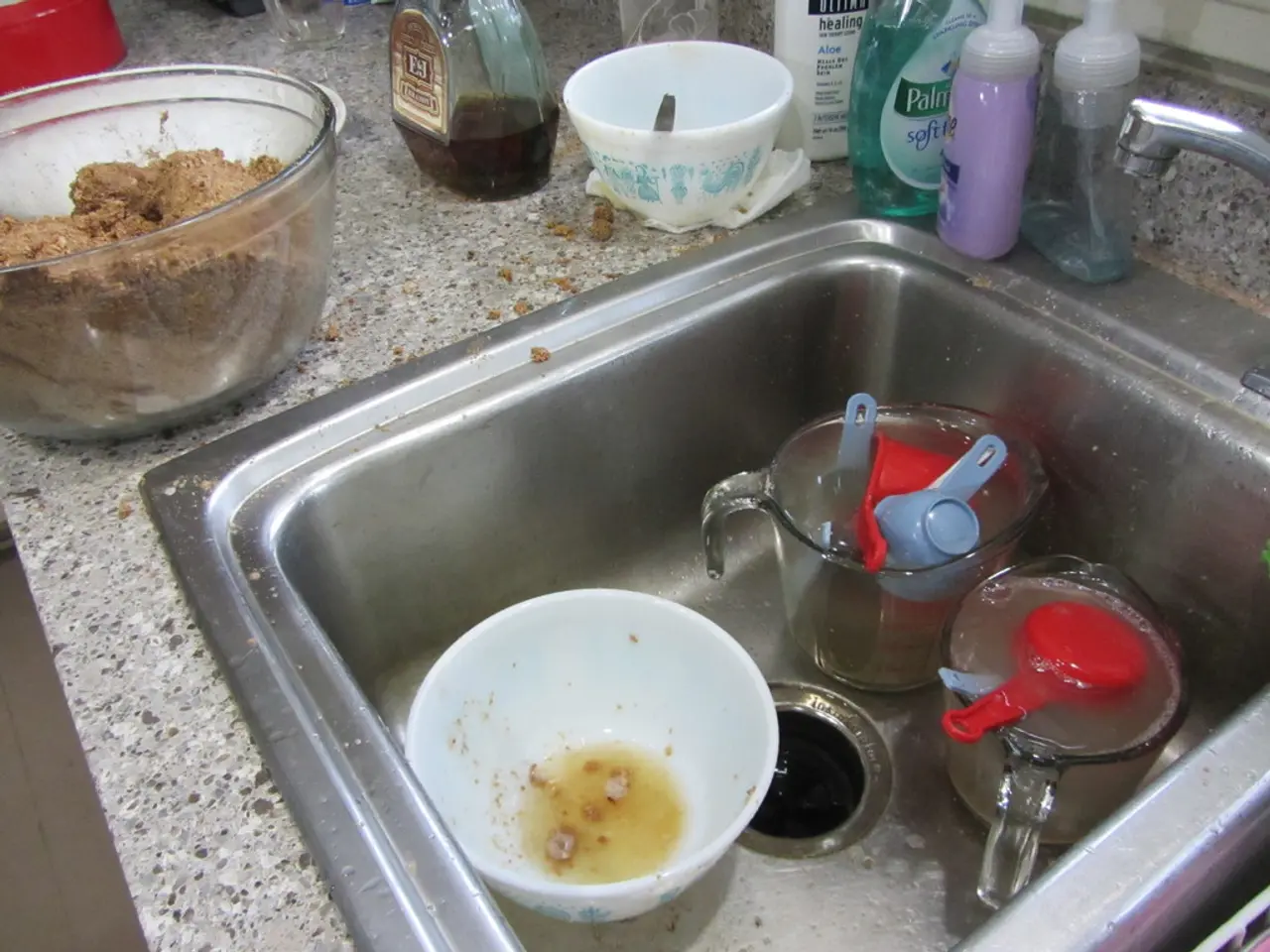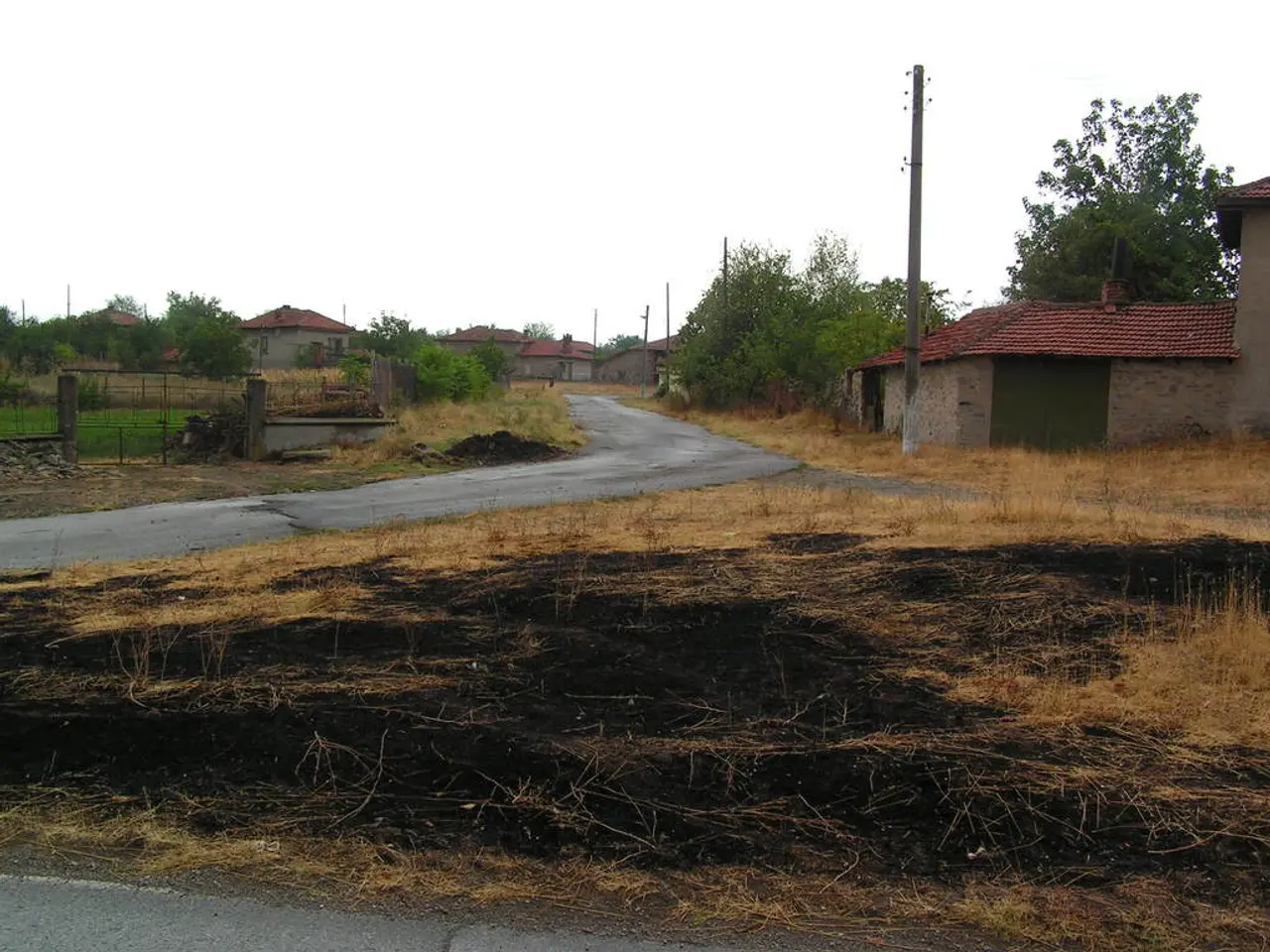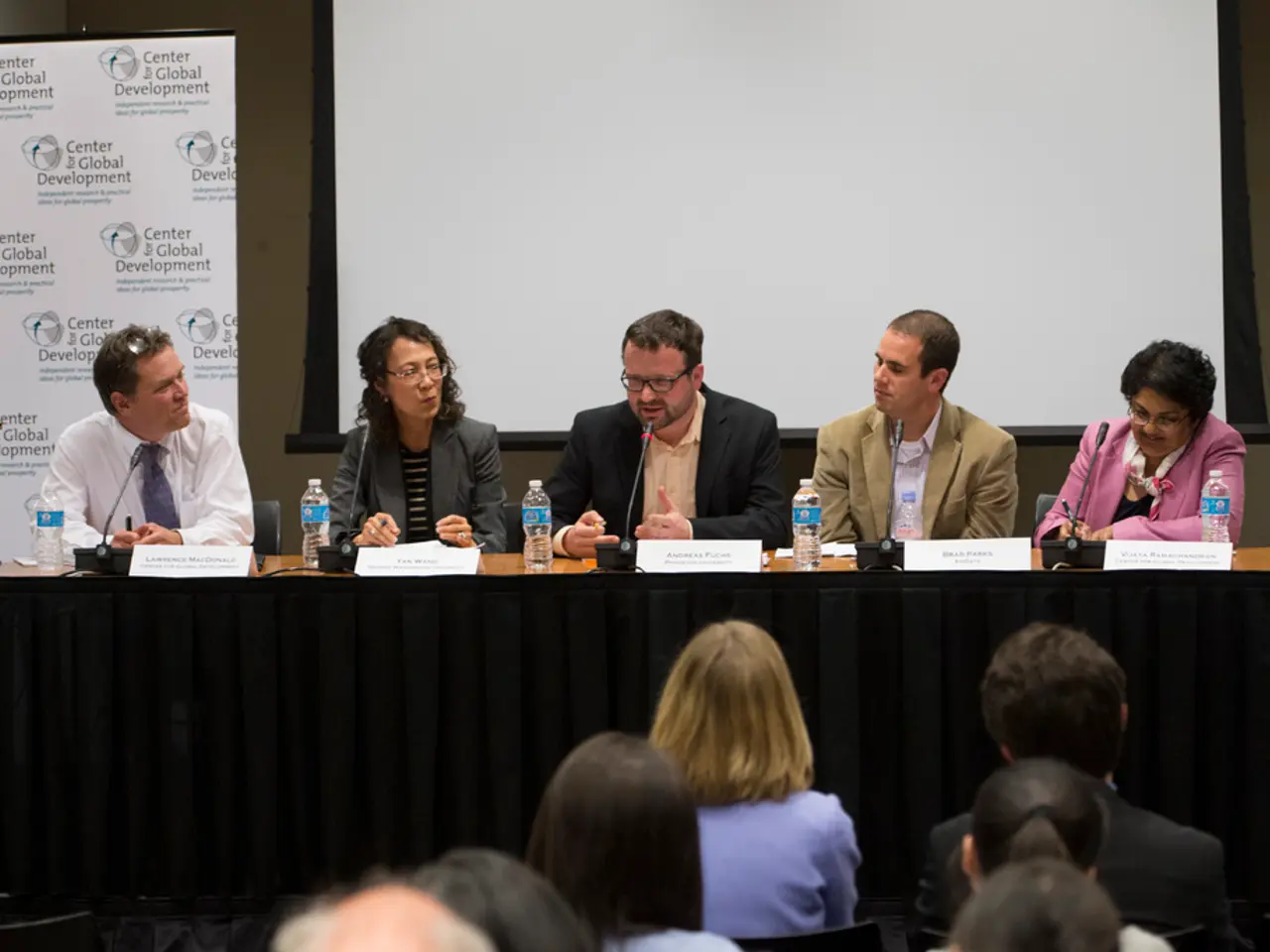Unsafe alternatives: These single-use power hubs deviate from traditional multi-outlet power strips
Headline: Safety First: Avoid Using High-Wattage Appliances with Power Strips and Extension Cords
When it comes to electrical safety in the home, it's essential to make informed decisions about the use of power strips and extension cords. Here's a guide to help you understand which appliances should be plugged directly into dedicated wall outlets and which can be safely used with multiple socket outlets or extension cords.
High-Wattage Appliances and Dedicated Outlets
Appliances like washing machines, air fryers, and space heaters are high-wattage devices that draw large amounts of current. They should not be plugged into power strips or extension cords due to the risk of overheating, leading to apartment or house fuse blowing or even fire. Instead, these devices should always be plugged directly into dedicated wall outlets designed to handle their high electrical load [1][3][5].
The reasons for this are threefold:
- High power draw: Appliances like washing machines and refrigerators have heavy-duty start/stop cycles causing spikes in power that power strips typically are not rated to handle safely [1][5].
- Continuous and high current: Air fryers and refrigerators often operate continuously or have heating components, which can cause extension cords to overheat, melt wiring, or fail [1][3].
- Fire risk: Overloading or using inadequate cords increases the risk of electrical fires [1][3].
Safe Usage of Low-Wattage Appliances
Smaller electrical appliances like TVs, radios, or computers can be safely used with multiple socket outlets or extension cords, as long as the total power consumption of all connected devices does not exceed the maximum capacity of the socket. However, appliances with heating elements or large compressors (e.g., toasters, microwaves, AC units) should never be used with extension cords or power strips [1][3].
Safety Notes
- Always use UL-approved extension cords only for low-wattage, temporary use, not for high-power household appliances [4].
- Overloading outlets by plugging multiple large appliances into the same circuit can blow fuses or trip breakers, so caution is needed when using multiple heavy-load devices even on separate outlets [4].
Common Appliance Power Consumptions
- Air fryers can consume between 1400 to 3000 watts and should preferably be connected to a dedicated socket.
- Fridges consume around 300 to 400 watts and should be plugged into a dedicated wall socket to avoid overloading extension cords or power strips due to continuous operation.
- Heating fans or electric heaters can consume over 3000 watts, exceeding the designed capacity of extension cords and power strips.
- On average, a kettle consumes over 2000 watts and should not be operated simultaneously with other appliances via a power strip.
- Microwaves can consume up to 1000 watts and should not be plugged into multiple sockets.
- Coffee makers typically consume around 1000 watts and should not be plugged into multiple sockets to avoid overloading.
- Dishwashers consume an average of 1800 watts and should be connected to a dedicated socket to avoid risks in wet areas.
In conclusion, to avoid fire hazards and electrical issues, always plug high-wattage appliances directly into dedicated wall outlets and avoid power strips or extension cords for such devices [1][3][5]. By following these guidelines, you can ensure a safer home environment for you and your family.
[1] https://www.baumann-online.de/baumann/de/news-aktuelles/news/2020/03/20/elektrische-geraete-mit-hoher-leistung-sollen-nicht-auf-multiplug-geraetetransformatoren-verwendet-werden [2] https://www.energy.gov/energysaver/power-strips-surge-protectors [3] https://www.energystar.gov/products/appliance_type/appliance_type_how_to_choose_an_appliance/appliance_safety_tips [4] https://www.baumann-online.de/baumann/de/news-aktuelles/news/2020/03/20/elektrische-geraete-mit-hoher-leistung-sollen-nicht-auf-multiplug-geraetetransformatoren-verwendet-werden [5] https://www.vde.com/de/presse/pressemitteilungen/2020/vde-warnung-vor-gebrauch-hochleistungsgeraete-mit-multiplug-oder-ausbausteckdosen
It's advisable to use power strips or extension cords for low-wattage appliances like TVs, radios, or computers, as long as they don't exceed the maximum capacity of the socket. However, appliances that require high-wattage, such as air fryers, refrigerators, space heaters, and heating fans, should be plugged directly into dedicated wall outlets to prevent overheating and associated risks.




